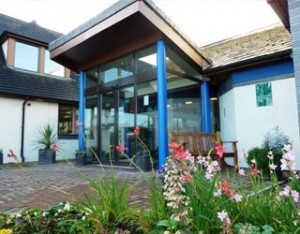Imagine a roller-coaster. Some of you will find this an exciting and thrilling image: others of you – like me – will find it terrifying and beyond belief that anyone in their right mind would willingly subject themselves to the torment of being transported at high speed and with great discomfort in this manner. However, I have chosen this image to represent the process of the diagnosis and treatment of cancer.
On a roller-coaster, you will be strapped in and sent off into the terror, knowing that there is nothing you can do about it until you emerge – wobbly and battered at the other end. You manage by getting your head down and dealing with it as best you can at the time. Sometimes, you are kept on for more rides. It is only afterwards, when you are on solid ground again, that you can look back with amazement and view what you have experienced and marvel at your courage.
This seems to be an anology for what happens after diagnosis and during treatment. The end of the ride is equivalent to the end of treatment.
Dr Peter Harvey, Consultant Clinical Psychologist, Leeds Teaching Hospitals Trust
For full text : http:/www.cancercounselling.org.uk/northsouth/extra4.nsf/WebResHarvey



I have never been a fan of roller-coasters – and this heightened anxiety that I feel is in no way enjoyable. I am just keeping my ‘head down and dealing with it’ as best as I can